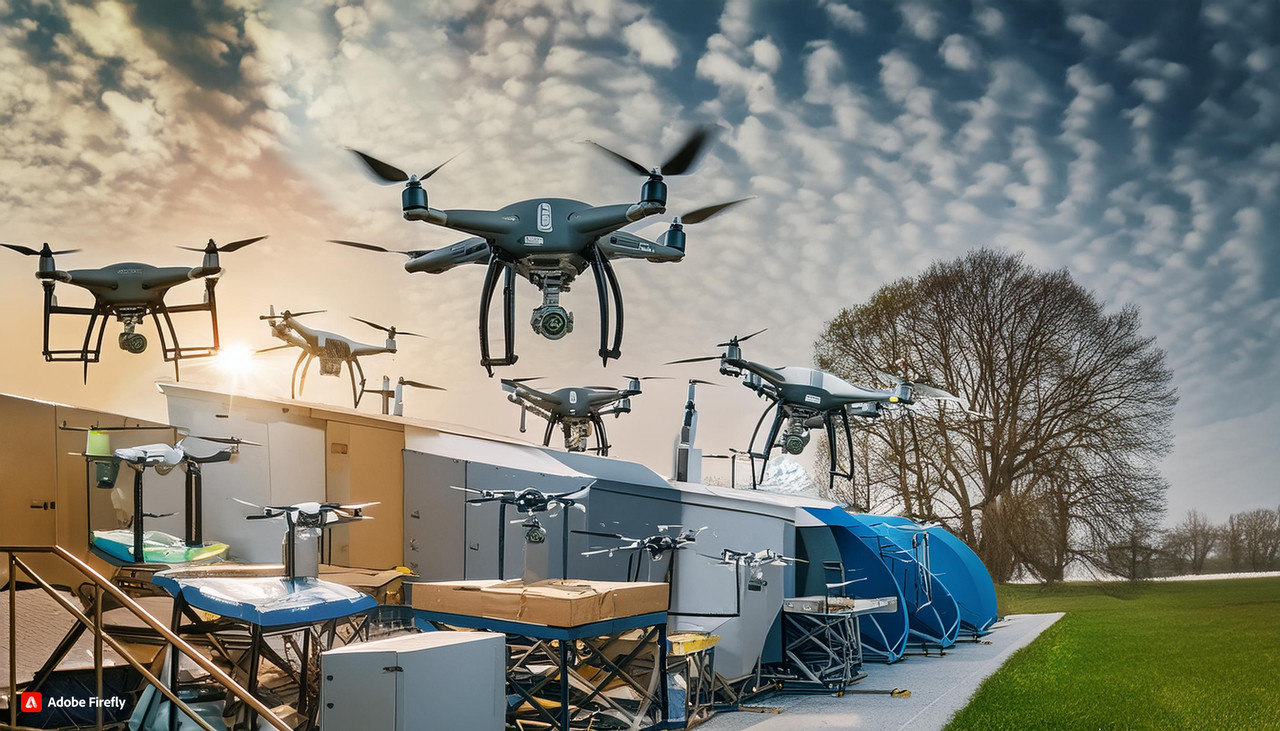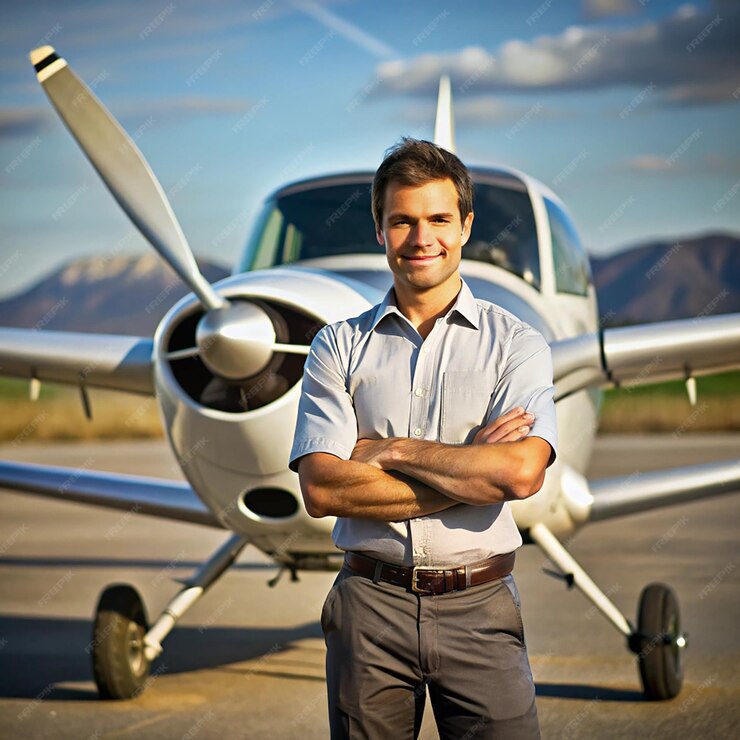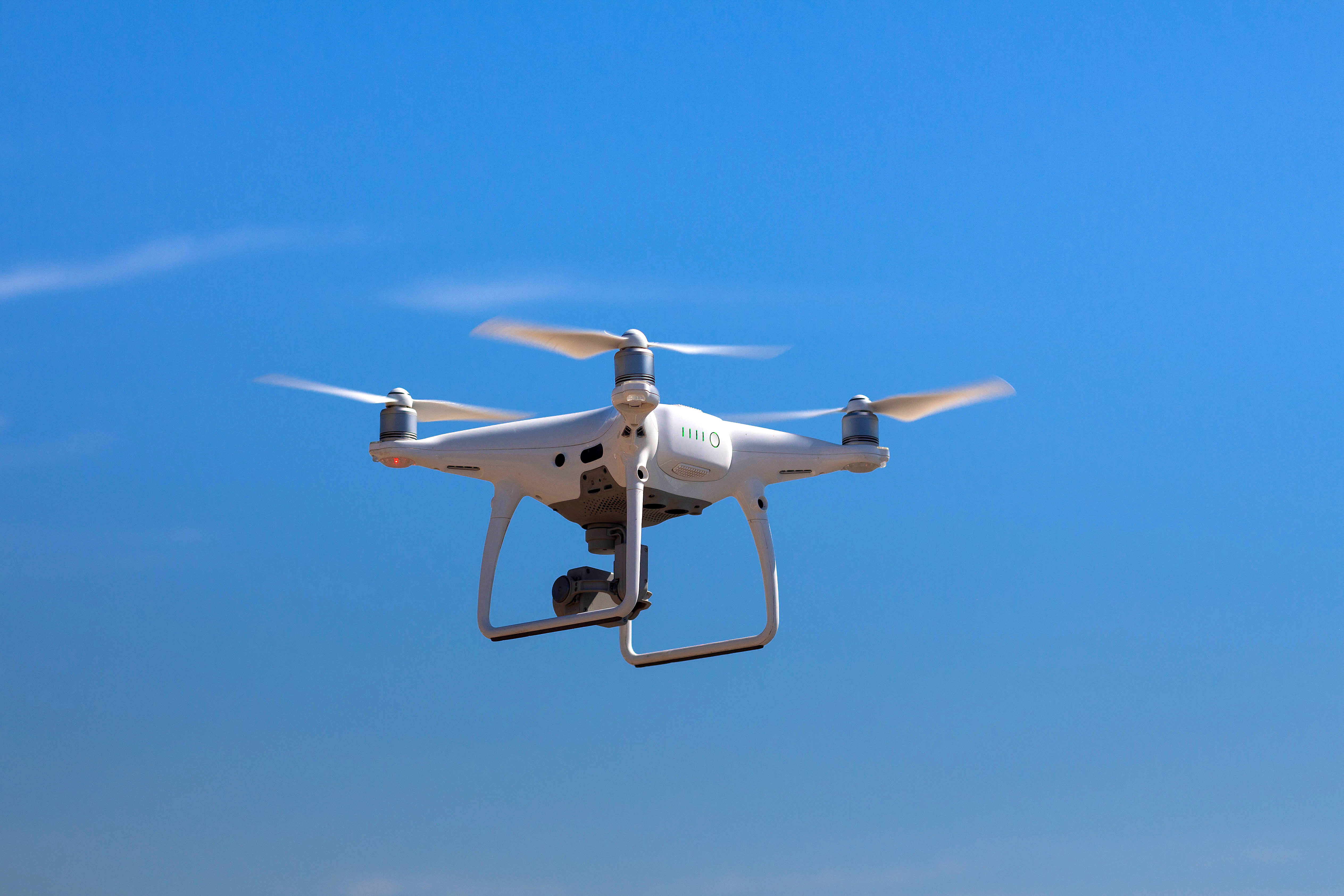Discovering the Future of Drones: How Drone Training Can Help?
When it comes to drone technology, the horizon is aligned with innovation and the potential for transformative applications across industries. As we delve into the future, emerging trends and tech progressions stand out, signalling a new era of prospects that could reshape industries, improve societal capabilities, and open avenues for exploration and service delivery.
With drone use spanning various industries, it is not hard to imagine what the possibilities will be for drone pilots. As drones become more advanced daily, pilots should also polish their skills through drone training and learn about these advancements to improve their career prospects.

Integration of AI and ML
The most significant revolution happening in the drone industry is the integration of AI and ML algorithms. This fusion is a game-changer that will elevate UAV capabilities beyond manual or pre-programmed tasks, allowing drones to perform intricate operations autonomously. This positive outlook is a testament to the potential of AI and ML. Understanding this potential is not just important, but it's the key to staying informed and knowledgeable about the latest advancements.
This progression is mainly promising for applications such as precision agriculture, where drones can examine crop health on the fly, and emergency response scenarios, where quick decision-making can save lives.
Enhanced Connectivity
The advent of 5G and beyond holds the potential to revolutionize UAV connectivity, providing higher data transmission speeds, reduced latency, and augmented dependability. This boosted connectivity will allow for instantaneous data streaming and better control of UAV fleets, allowing complex coordinated missions and expanding the potential for UAVs in urban surroundings. 5G is truly hopeful for the future of drone technology.

Augmented Endurance and Sustainability
Progressions in battery tech and alternative power sources are increasing battery life. Longer flight times and lower environmental impact are important for the extensive use of drones in environmental monitoring, where regular coverage is needed, and logistics, where productivity and eco-friendliness are important.
Advanced Sensing and Imaging
The incorporation of advanced high-resolution cameras, sensors, and LiDAR are just a few tools deployed in drones to gather detailed info from the air. These enable drones to support various applications, from 3D mapping and surveying to monitoring and explorations.

Regulatory Evolution and Integration into Airspace
With the advancement of drone technology, regulatory frameworks govern their use. Integrating drones into airspace requires advanced approaches to privacy, safety, and air traffic management.
Coming to a Conclusion
As we harness the power of AI and enhanced connectivity and improve endurance and sensing capabilities, drones will play a major role in shaping the future. With sustained innovation, it is the beginning of a new era of possibilities.
To make the most of the opportunities presented by the drone industry, one needs to be well-informed about drones' workings and also know how to pilot them with precision. Flapone Aviation will help you get drone training in the theoretical and practical aspects of flying drones and help you make a fruitful career as a drone pilot.
Related Blog
Latest updates and insights from Flapone Aviation.

What Types of Drones Are Present in the Market?
October 8, 2024

How to Become a Pilot After 12th in India?
February 7, 2025

What are the Basics of Drone Piloting?
February 7, 2025



